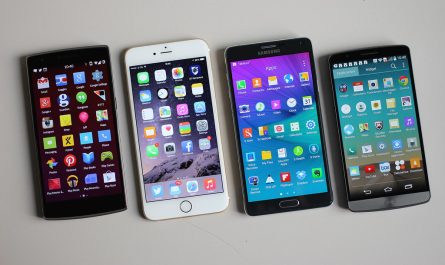Protecting your mobile phone from hackers requires a combination of good security practices and using built-in features. Here are some essential steps you can take to secure your device:
1. Use Strong Passwords and Biometrics
- Strong password/pin: Set a strong, unique password or PIN for unlocking your phone. Avoid easily guessable options like “1234” or “0000.”
- Biometrics: Enable fingerprint or face recognition for extra security, as these are harder to bypass than traditional passwords.
2. Enable Two-Factor Authentication (2FA)
- Turn on 2FA for all important apps (email, banking, social media). This adds an extra layer of security, requiring both your password and a second form of verification (like a code sent to your phone).
3. Update Your Software Regularly
- Ensure your phone’s OS (iOS or Android) and apps are up-to-date. Updates often include security patches that protect against newly discovered vulnerabilities.
- Turn on automatic updates if possible to avoid missing critical updates.
4. Install Apps Only from Trusted Sources
- Google Play Store and Apple App Store are the safest places to download apps. Avoid downloading APK files or apps from third-party websites, as they may contain malware.
- Read app reviews and check app permissions before installing.
5. Use Mobile Security Apps
- Consider using a reputable mobile security app (e.g., Norton, McAfee, Avast) to detect and block malware, spyware, and phishing attempts.
6. Encrypt Your Data
- Encryption ensures that data on your phone is protected even if someone gains physical access. Both Android and iOS encrypt data by default, but make sure it is enabled and working properly in your phone settings.
7. Be Wary of Public Wi-Fi
- Public Wi-Fi networks are not secure and can expose your device to hacking attempts. Avoid accessing sensitive information (e.g., bank accounts) while connected to public Wi-Fi.
- Use a VPN (Virtual Private Network) to encrypt your internet traffic when using public networks.
8. Turn Off Bluetooth and Wi-Fi When Not in Use
- Disable Bluetooth and Wi-Fi when you’re not using them. Hackers can exploit vulnerabilities in these services to gain access to your phone.
9. Limit App Permissions
- Review and restrict app permissions, especially for apps you rarely use. For example, prevent apps from accessing your location, camera, microphone, or contacts unless absolutely necessary.
10. Avoid Phishing and Suspicious Links
- Be cautious when receiving emails or texts with links, especially if they seem suspicious or come from unknown sources.
- Never click on links in unsolicited messages and always verify the sender’s identity before interacting with them.
11. Secure Your Backups
- Regularly back up your data (to cloud services or an external device), but ensure the backups are encrypted and protected with a strong password.
- If possible, avoid storing sensitive information in unencrypted cloud storage.
12. Remote Wipe Capability
- Enable remote tracking and wiping features (like Find My iPhone or Find My Device for Android). If your phone is lost or stolen, you can remotely wipe all data to prevent unauthorized access.
13. Use App Locks for Sensitive Apps
- Use app-locking features or third-party apps to lock sensitive applications (banking, messaging, etc.) with a password or fingerprint, so even if someone has access to your phone, they can’t access critical apps.
By following these best practices, you significantly reduce the risk of your mobile being hacked. Regular vigilance and proactive security measures are essential for keeping your personal information safe.



